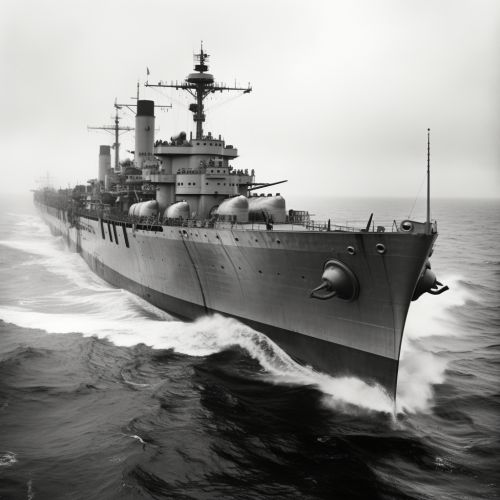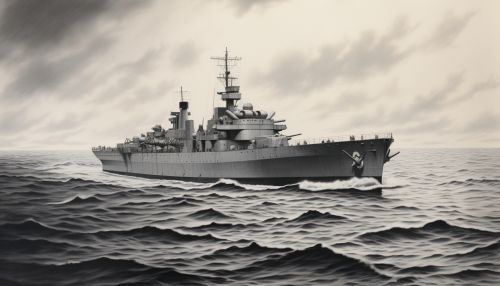USS Langley (CV-1)
History
The USS Langley was the United States Navy's first aircraft carrier, converted in 1920 from the collier USS Jupiter (AC-3), and also the US Navy's first turbo-electric-powered ship. Conversion of another collier was planned but canceled when the Washington Naval Treaty required the cancellation of the partially built Lexington-class battlecruisers Lexington and Saratoga, freeing up their hulls for conversion to the aircraft carriers Lexington (CV-2) and Saratoga (CV-3).


Commissioned in March 1922, Langley was used primarily for experimental work in developing the naval use of aircraft, which was a new concept at the time. On 17 October 1922, Lt. Virgil C. Griffin piloted a Vought VE-7 from Langley's deck - the first time an airplane had ever taken off from a ship. This pioneering experiment led to further developments and refinements in carrier operations.
Design and Construction
The USS Langley was originally commissioned as the collier USS Jupiter on 7 April 1913. She was the Navy's first surface ship with turbo-electric drive, capable of converting heat energy from the boilers directly into electrical energy for the propulsion motors. The conversion of Jupiter into an aircraft carrier began at the Norfolk Naval Shipyard in 1920. The ship's superstructure was removed and a flat wooden deck was added for aircraft operations.
Operational History
Langley was used for many years as a training ship for pilots and carrier crews, notably for the first operational squadron of the Douglas Aircraft Company's DT torpedo bombers in 1922. In 1927, Langley participated in a fleet review in San Francisco Bay, and then moved to the Pacific where she was used in fleet exercises.
In 1937, Langley was reclassified as a seaplane tender because of her age and the arrival of more modern carriers in the fleet. She was redesignated AV-3 on 21 April 1937. In this role, Langley supported seaplane patrols and provided aircraft tending services.
Final Years and Sinking
At the outbreak of the Second World War, Langley was stationed in the Philippines. She was in port when the Japanese attacked Pearl Harbor on 7 December 1941. Langley was soon ordered to sail for Australia. On 27 February 1942, while ferrying fighter planes to Java, Langley was attacked by Japanese bombers and so badly damaged that she had to be scuttled by her escorts.
Legacy
The USS Langley was a pioneering vessel in naval aviation. Her service paved the way for the development of modern aircraft carriers. The lessons learned from operations on the Langley led to the design improvements seen in later carriers. Despite her relatively short operational life, her impact on naval aviation cannot be overstated.
